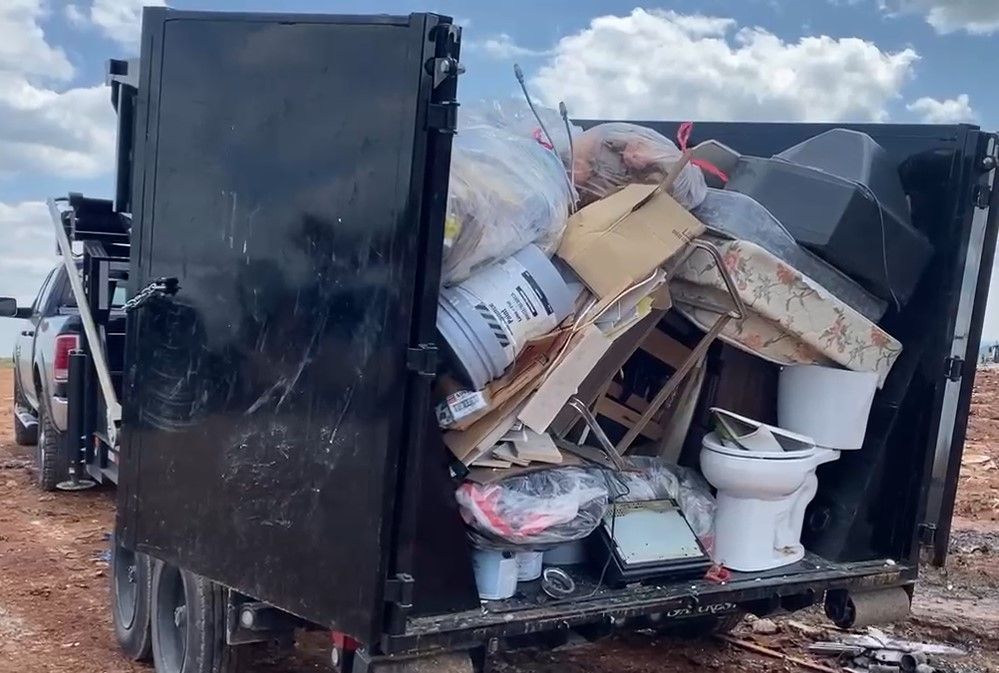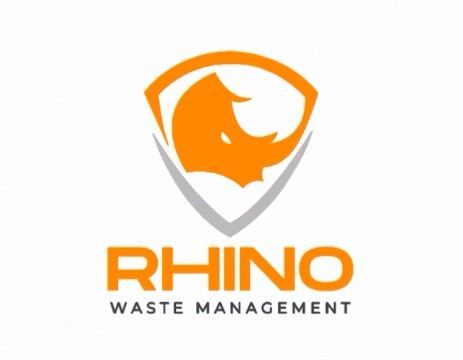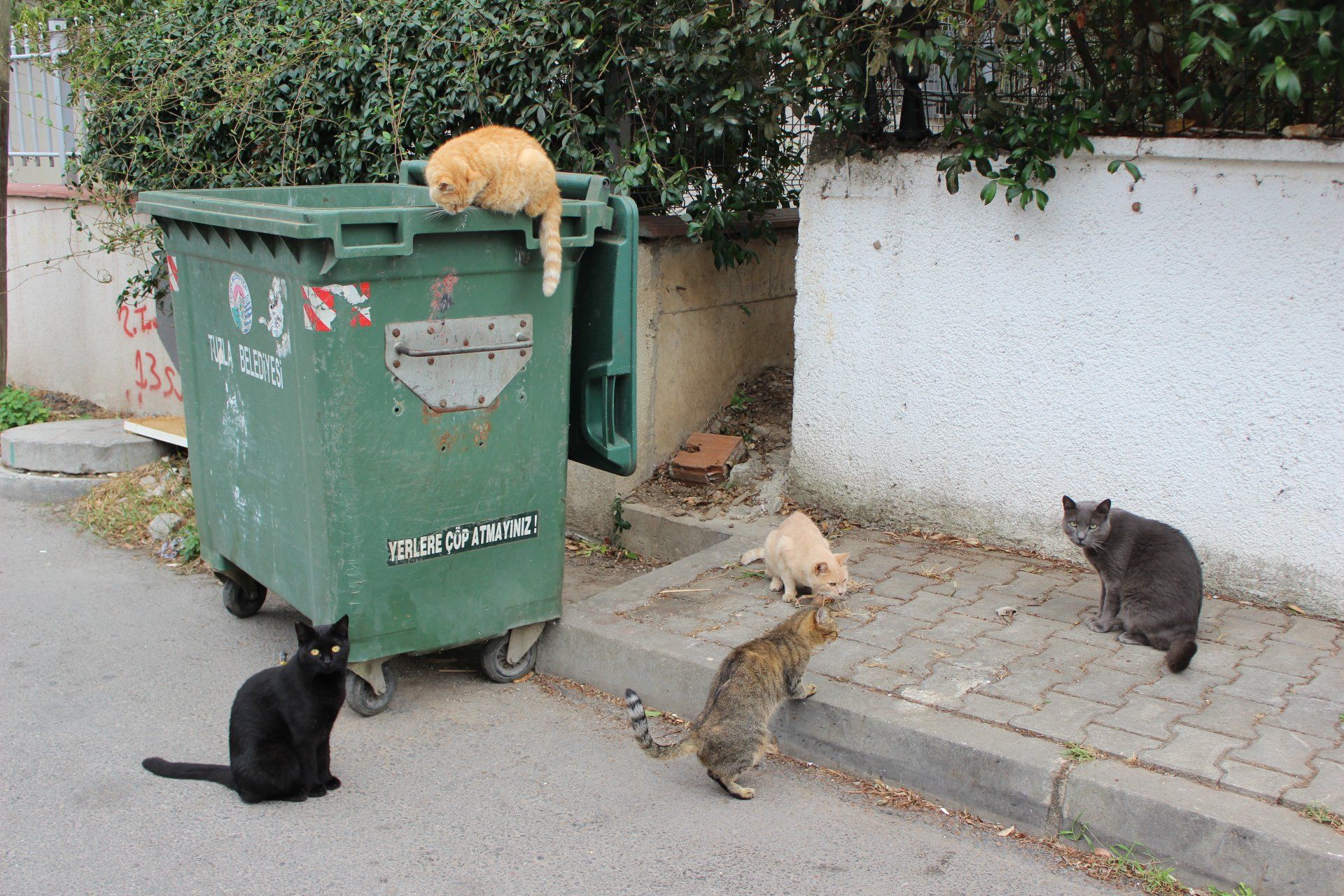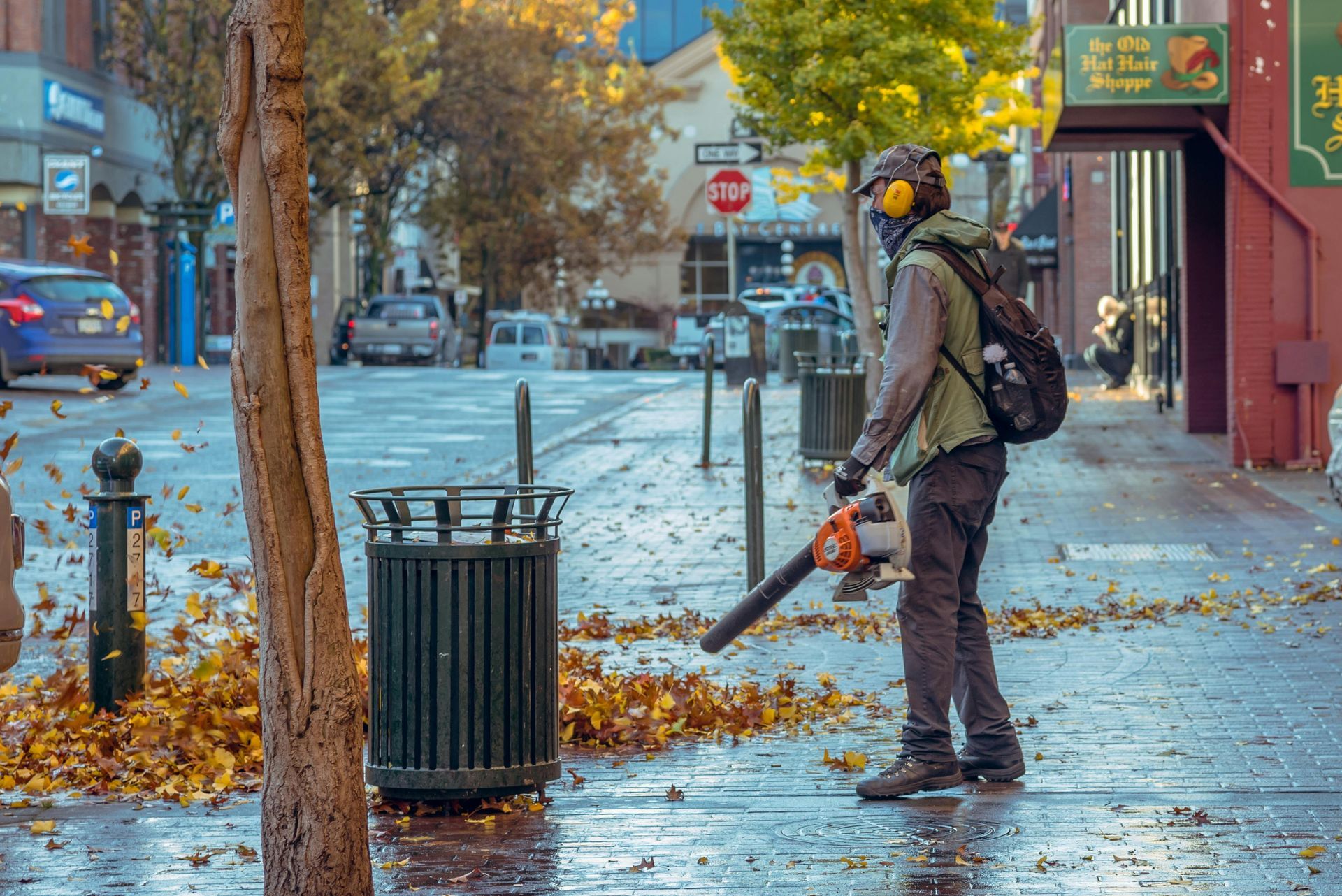What Is A Roll-Off Dumpster?
A roll-off dumpster is a large, rectangular waste container with an open top and wheels that allow it to be easily transported and "rolled off" onto a truck or trailer for transportation. They are commonly used for temporary waste disposal during construction, renovation, demolition, or other projects that generate a significant amount of debris.
Here are some key features and characteristics of roll-off dumpsters:
- Size: Roll-off dumpsters come in various sizes to accommodate different project needs. Common sizes range from 10 cubic yards to 40 cubic yards, with larger options available for industrial or commercial purposes. The dimensions and capacity of a roll-off dumpster depend on the specific model and manufacturer.
- Mobility: Roll-off dumpsters have wheels on one end, typically at the back, which allows them to be easily transported and rolled onto a specialized truck or trailer. This mobility enables efficient delivery and pickup of the dumpster at the project site, reducing the need for manual lifting or handling.
- Open top: Roll-off dumpsters have an open top, which makes it easy to load waste and debris from the top using equipment like loaders or by manually carrying and tossing items into the container. The open design also allows for efficient disposal of large or bulky items that may not fit into traditional garbage cans or bins.
- Durability: Roll-off dumpsters are built to withstand heavy loads and rough handling. They are typically made of steel or heavy-duty plastic, ensuring durability and resistance to damage from waste materials, weather conditions, or transportation.
- Temporary use: Roll-off dumpsters are designed for temporary use, typically rented for a specified period. Once the dumpster is filled or the project is completed, a waste management company will pick up the dumpster and properly dispose of the waste according to local regulations and guidelines.
Overall, roll-off dumpsters offer a convenient and efficient solution for managing large volumes of waste or debris during construction, remodeling, or clean-up projects. They provide a centralized and easily accessible location for waste disposal, helping to keep work sites organized, safe, and clean
You might also like
Bin Buzz

Book a Service Today
We will get back to you as soon as possible
Please try again later
Quick & Reliable
All Rights Reserved | Springfield Dumpster


